This study aims to explore airports' direction towards sustainability management in order to achieve its goals in the long-term. It will be reviewing the commonly used dimensions, indicators, and metrics available for the measurement of sustainability reporting performance for airports. From the review, the study will decide on a standardised framework that airports can utilize to contribute to their sustainability management.

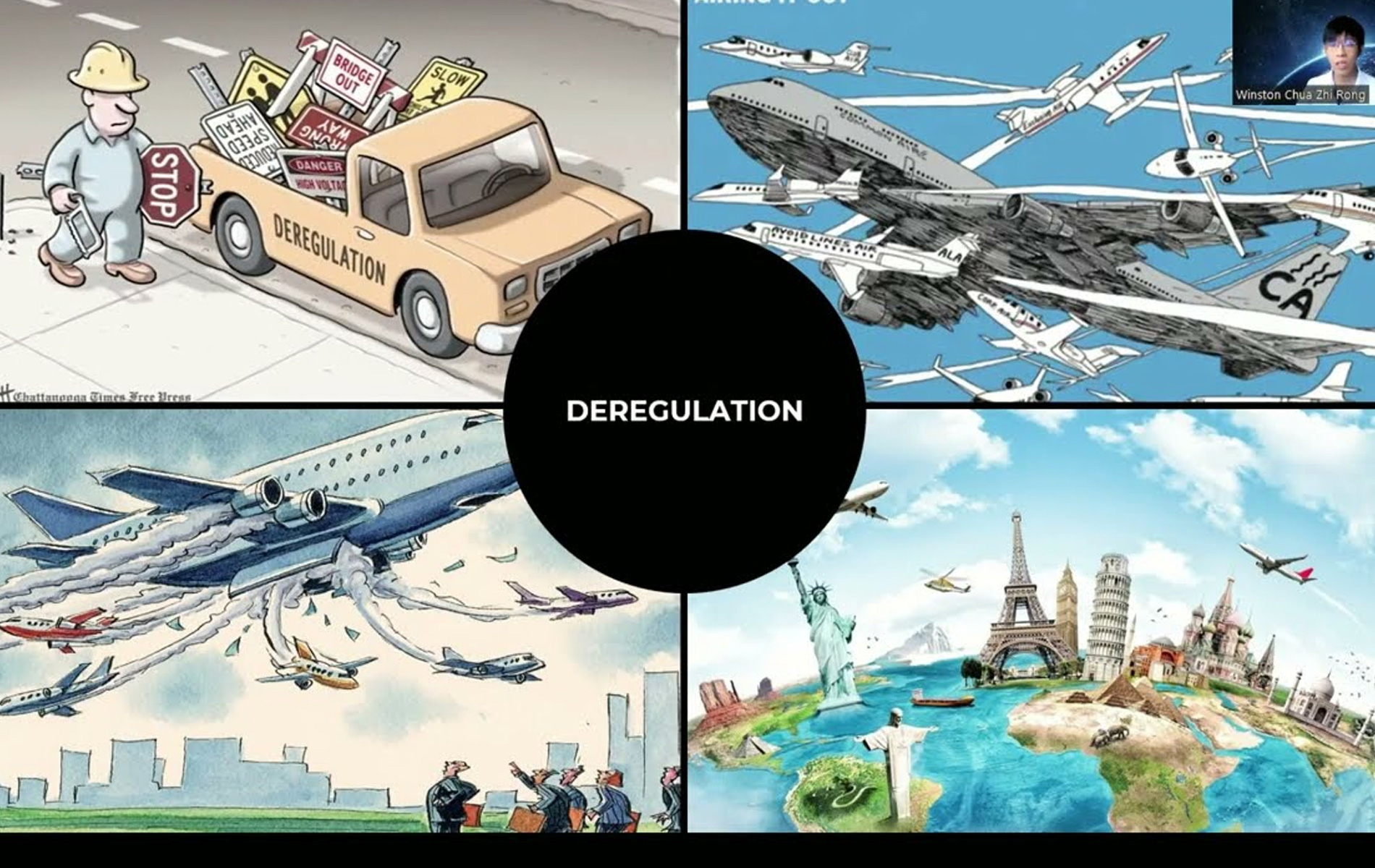
Low-cost carriers (LCCs) are observed to have captured a significant market share and impacted the profitability of traditional full-service carriers (FSCs) across several continents. This study identifies and examines the variables that influence consumers’ preference in flying with an LCC over an FSC in Singapore.
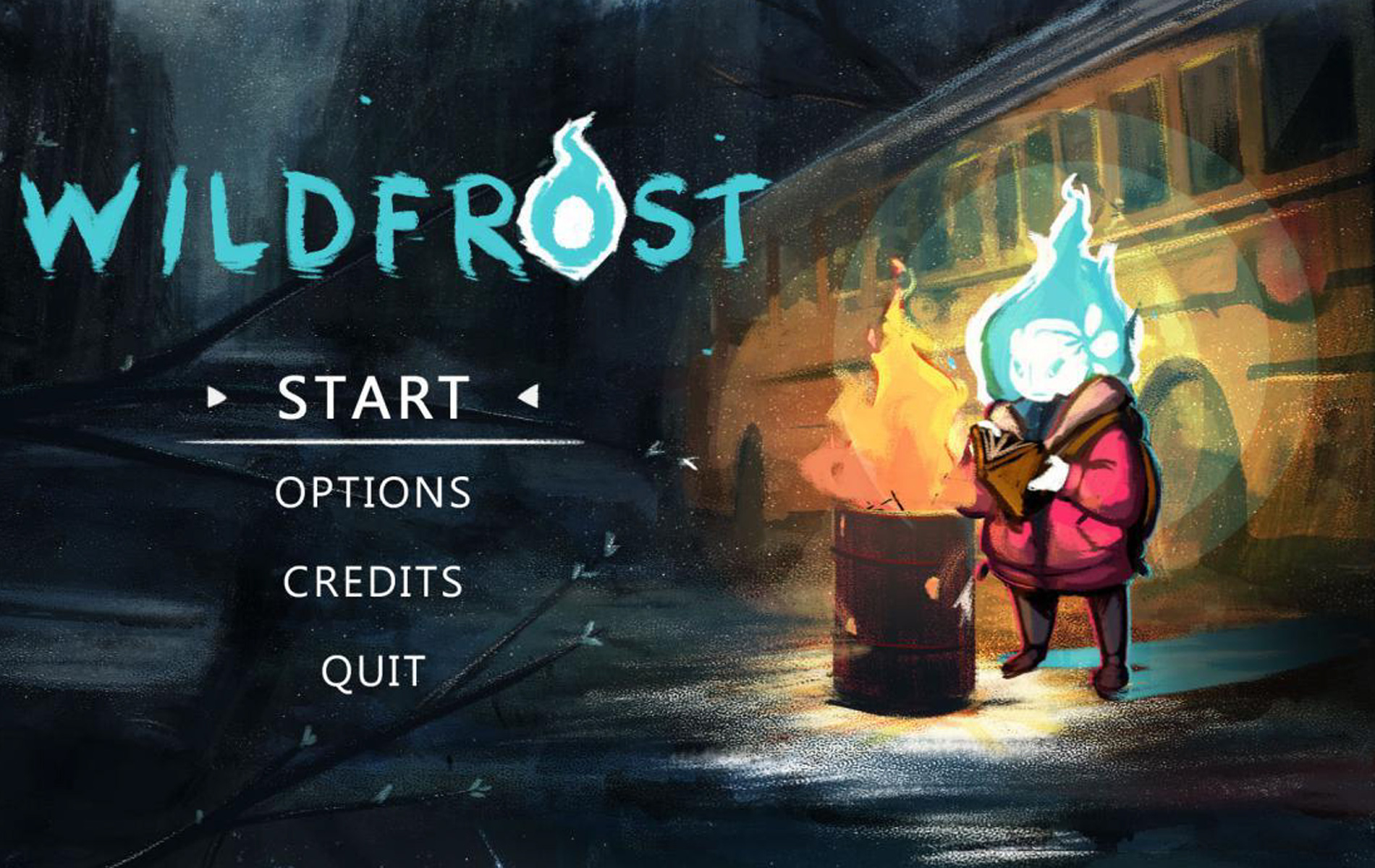
A UX/UI style guide for a narrative mystery game with heavy stealth elements.
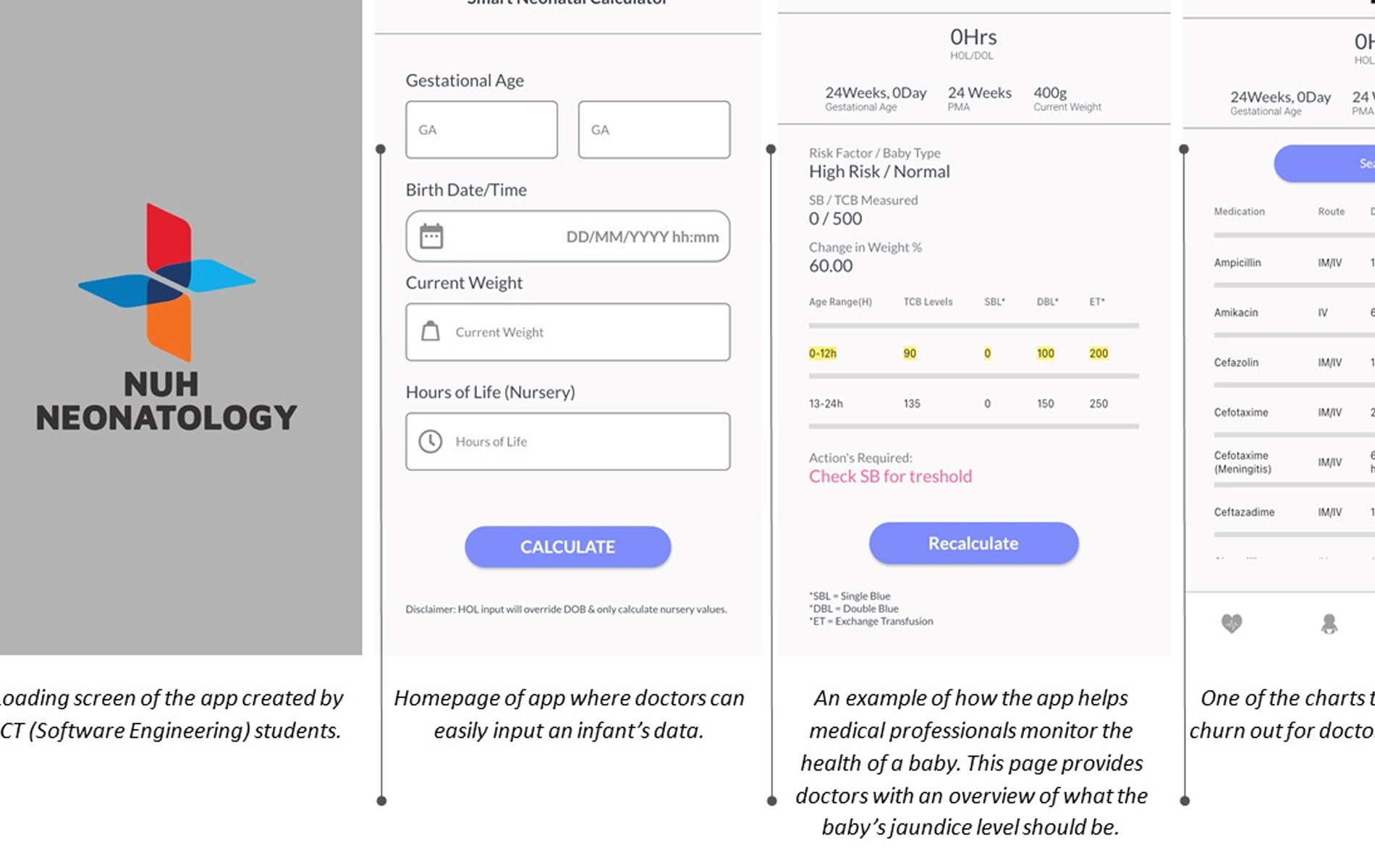
Our Information and Communications Technology (Software Engineering) students have helped bridge healthcare and ICT to create a meaningful impact on lives. Building a mobile application that allows National University Hospital (NUH) doctors to keep track of infants' data on-the-go, our students have taken a step further by improving workflow areas such as minimising human error, offline capabilities, and portability.
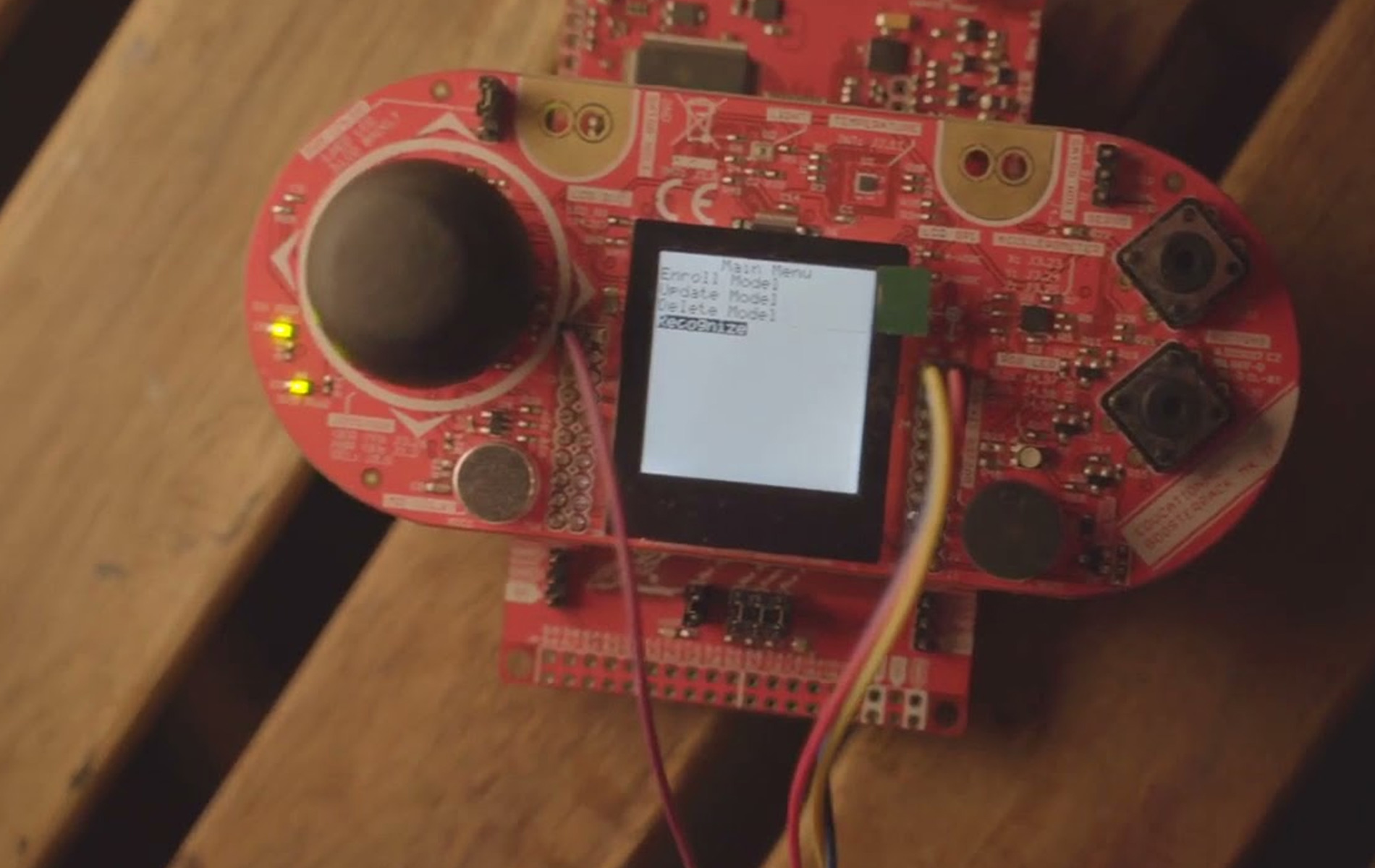
Today, more people are taking care of their health and immune system than ever before. Some senior citizens with multiple prescriptions a day might forget or miss the timing to consume their medication. With the 'Smart Pill Box', our students leverage the power of technology and develop a potential solution for this issue.

A UX/UI style guide for a wilderness adventure/survival game.
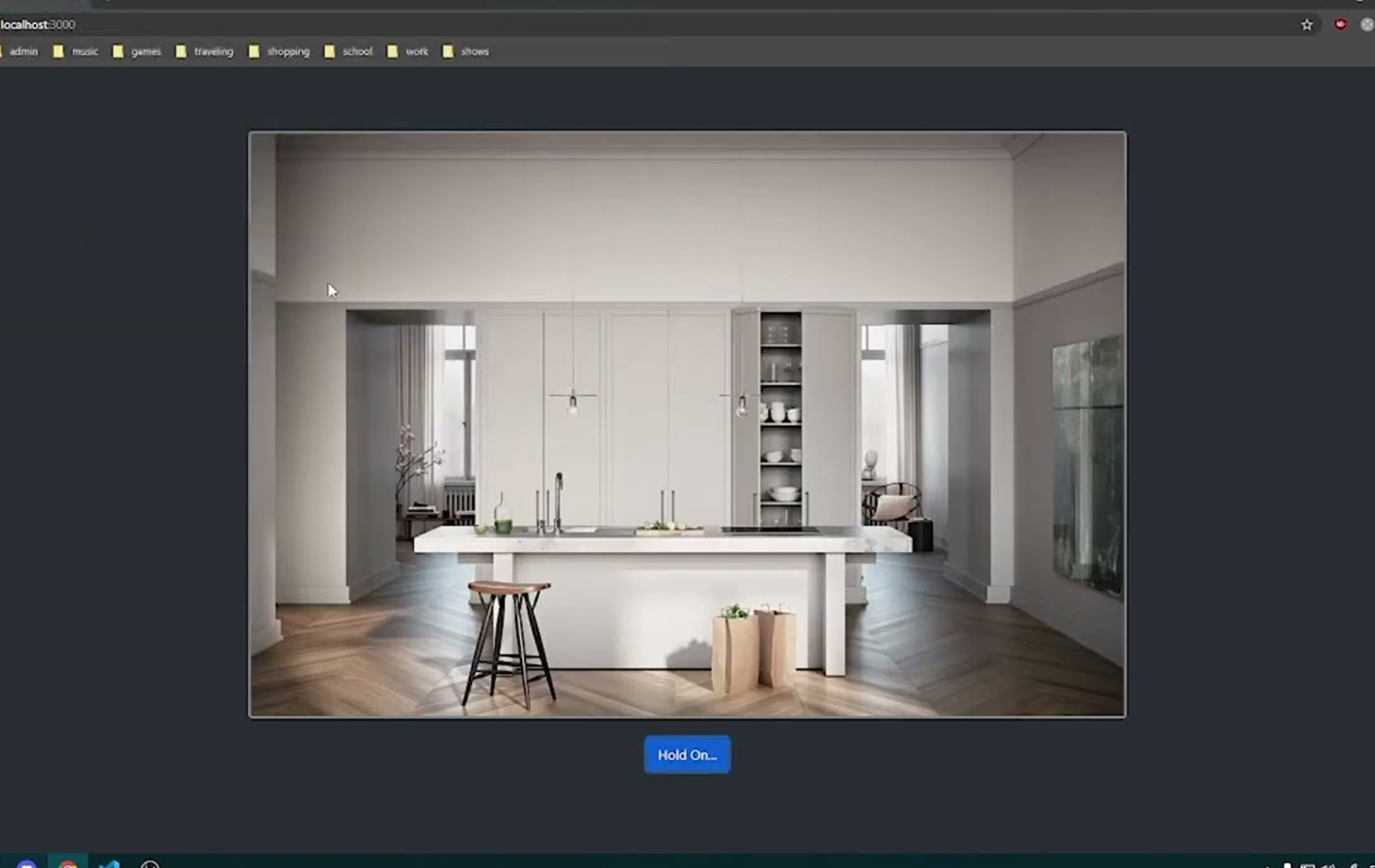
The AI Powered Image Classification and Object Detection for Interior Design project is a system built by our students that consist of a machine learning model which classifies images according to a predefined set of interior design themes. Additionally, the system can detect common objects such as furniture items found in the images. This project, completed for and funded by our industry partner, Sixides, was the first under SIT's newly formed Design Factory @ SIT and featured a cross-cluster collaboration between ICT and DSB clusters.
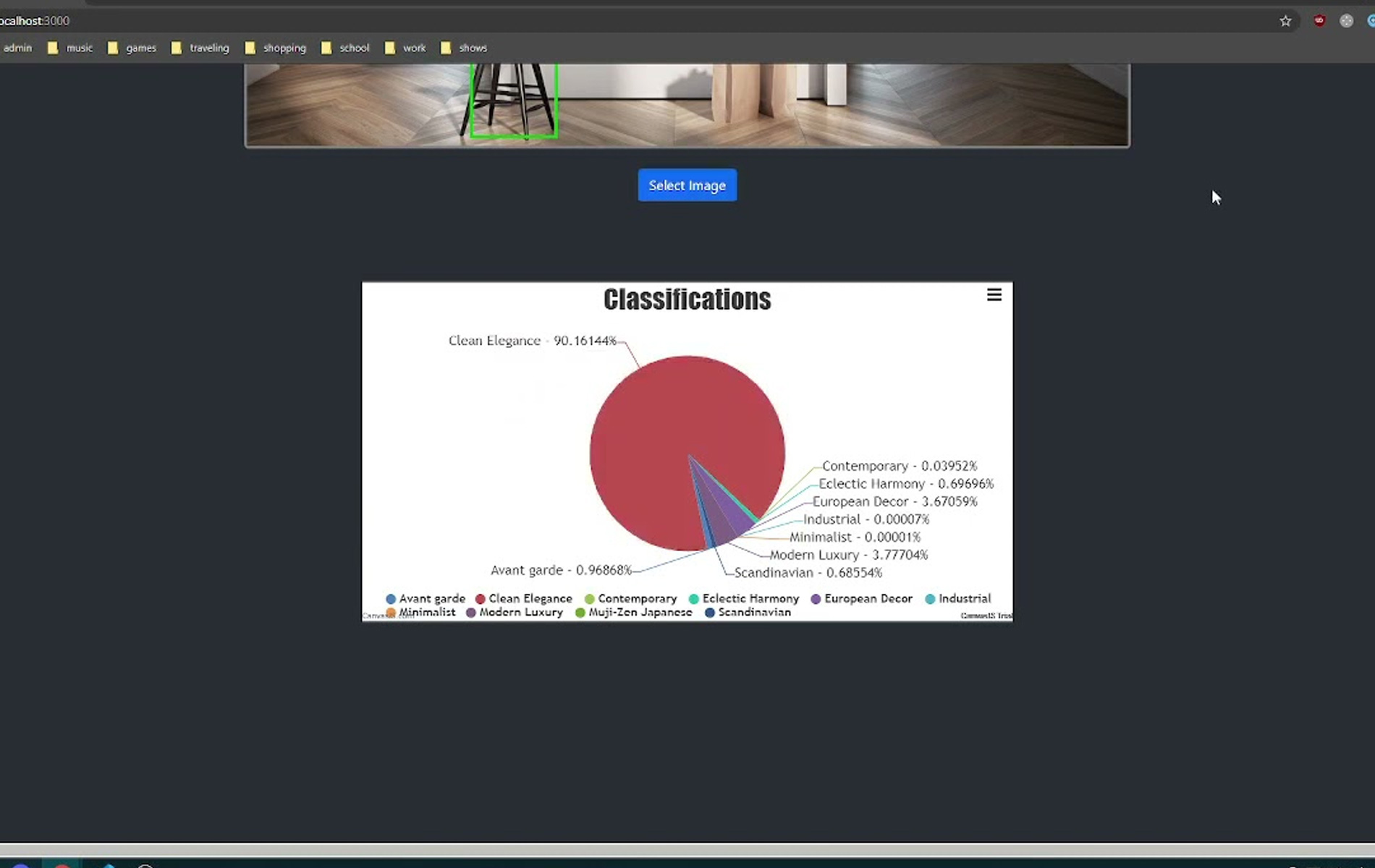
The AI Powered Image Classification and Object Detection for Interior Design project is a system built by our students that consist of a machine learning model which classifies images according to a predefined set of interior design themes. Additionally, the system can detect common objects such as furniture items found in the images. This project, completed for and funded by our industry partner, Sixides, was the first under SIT's newly formed Design Factory @ SIT and featured a cross-cluster collaboration between ICT and DSB clusters.
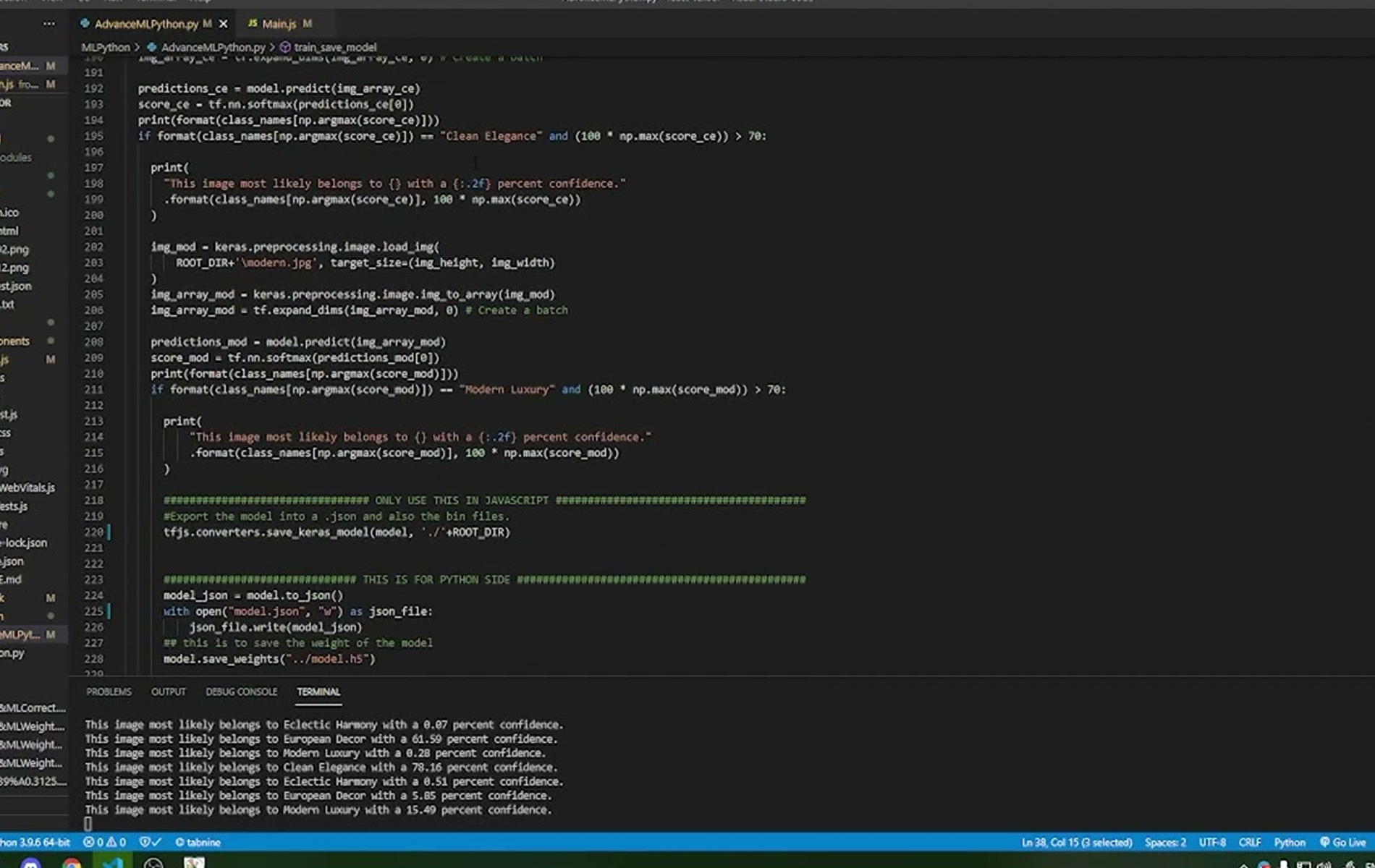
The AI Powered Image Classification and Object Detection for Interior Design project is a system built by our students that consist of a machine learning model which classifies images according to a predefined set of interior design themes. Additionally, the system can detect common objects such as furniture items found in the images. This project, completed for and funded by our industry partner, Sixides, was the first under SIT's newly formed Design Factory @ SIT and featured a cross-cluster collaboration between ICT and DSB clusters.
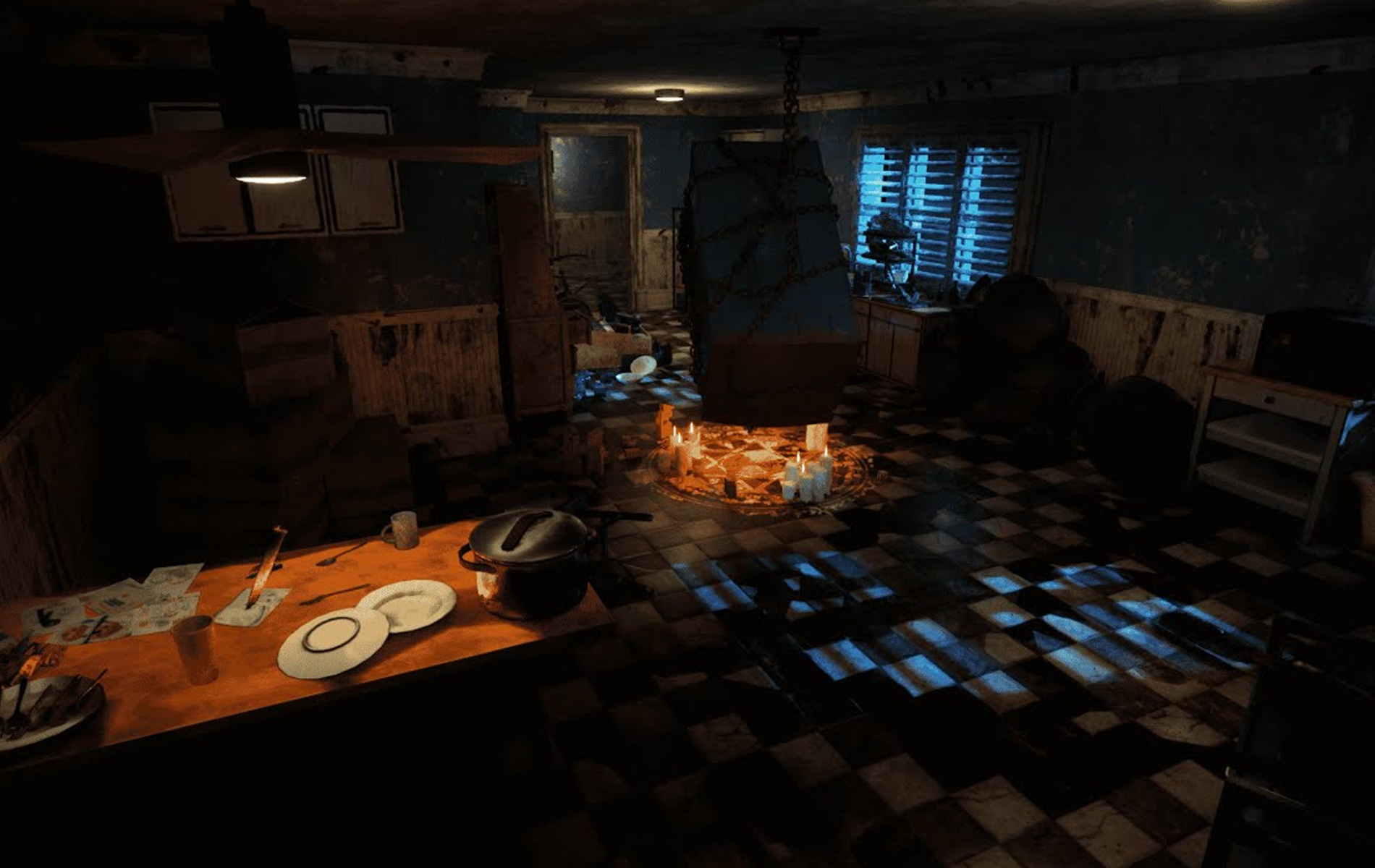
A tragic and terrifying moment took place in this kitchen involving an evil spirit hungry for the soul of the living. A fight broke out between the family living there and the evil spirit. Now, it is abandoned and the spirit is trapped inside the refrigerator, waiting to be exorcised. Rendered in Unreal Engine 5.

The Drone Attack project presents an automated framework for launching cyber attacks against different types of commercial drones. Additionally, this also provides a structure for finding and adding new cyber threats. Students from three different years participated in the project along with our industry partner.

A cinematic walkthrough of a steampunk detective’s office. Rendered in Unreal Engine 5.
